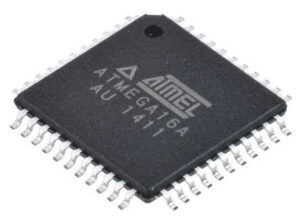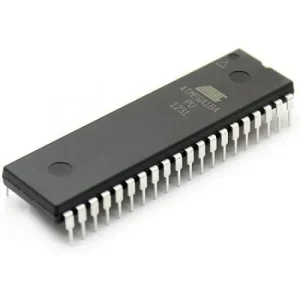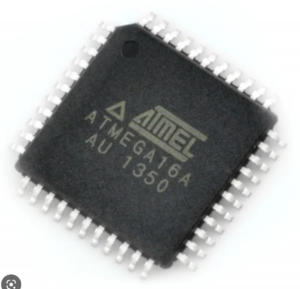 Secured Microcontroller ATmega16A Flash Code Extraction
Secured Microcontroller ATmega16A Flash Code Extraction
Secured Microcontroller ATmega16A Flash Code Extraction needs to readout the program software from atmega16a locked mcu after unlock locked microprocessor atmega16a tamper resistance system;

Secured Microcontroller ATmega16A Flash Code Extraction needs to readout the program software from atmega16a locked mcu after unlock locked microprocessor atmega16a tamper resistance system;
When entering Power-down sleep mode while an EEPROM write operation is active, the EEPROM write operation will continue, and will complete before the Write Access time has passed. However, when the write operation is completed, the Oscillator continues running, and as a consequence, the device does not enter Power-down entirely. It is therefore recommended to verify that the EEPROM write operation is completed before entering Power-down.

microcontrolador asegurado ATmega16A flash extracción de código necesita para leer el software del programa de atmega16a bloqueado mcu después de desbloquear microprocesador bloqueado atmega16a sistema de resistencia a la manipulación;
During periods of low VCC, the EEPROM data can be corrupted because the supply voltage is too low for the CPU and the EEPROM to operate properly. These issues are the same as for board level systems using EEPROM, and the same design solutions should be applied.

Защищенный микроконтроллер ATmega16A Извлечение флэш-кода необходимо для считывания программного обеспечения из заблокированного микроконтроллера atmega16a после разблокировки заблокированного микропроцессора atmega16a системы защиты от несанкционированного доступа;
An EEPROM data corruption can be caused by two situations when the voltage is too low. First, a regular write sequence to the EEPROM requires a minimum voltage to operate correctly. Sec- ond, the CPU itself can execute instructions incorrectly, if the supply voltage is too low to readout atmega16a ic chip locked code.
EEPROM data corruption can easily be avoided by following this design recommendation:
Keep the AVR RESET active (low) during periods of insufficient power supply voltage. This can be done by enabling the internal Brown-out Detector (BOD). If the detection level of the internal BOD does not match the needed detection level, an external low VCC Reset Protection circuit can be used. If a reset occurs while a write operation is in progress, the write operation will be completed provided that the power supply voltage is sufficient.